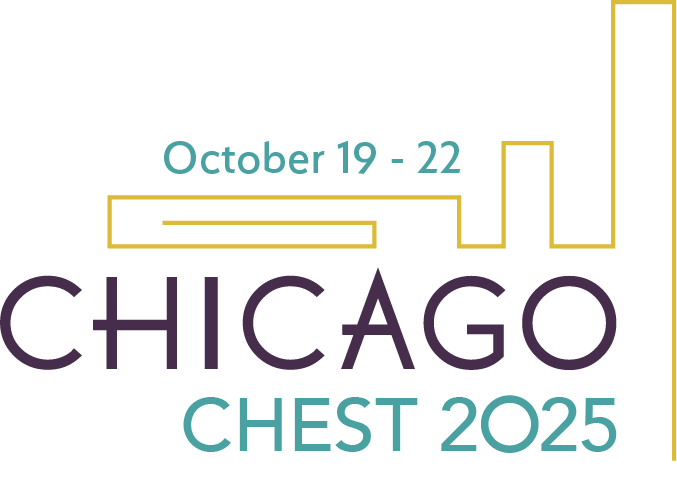
Asthma-COPD overlap (ACO) is a complex condition characterized by persistent airflow limitation with heterogenous clinical features of both asthma and COPD. Patients with ACO often experience frequent exacerbations, poorer quality of life, and faster lung function decline than those with either disease alone.1
However, despite worsening outcomes, current Global Initiative for Asthma and Global Initiative for Chronic Obstructive Lung Disease guidelines emphasize that these are different disorders sharing common traits and that treatment should be geared toward the predominant disorder. While inhaled corticosteroids, long-acting beta-agonists, and long-acting muscarinic antagonists remain the standard treatment, many patients with ACO, particularly those with type 2 (T2) inflammation, do not achieve adequate control.
Part of the issue with this complex group of patients is the lack of a universal definition for ACO. Historically, patients with ACO were excluded from clinical trials evaluating asthma and COPD individually. However, biologic therapies targeting specific inflammatory pathways, like IL-4, IL-13, IL-5, and thymic stromal lymphopoietin (TSLP), transformed severe asthma management and have shown promise in patients with COPD with eosinophilia. Exploring biological pathways further could provide clinicians with better treatment options for this difficult condition.

Biologics such as dupilumab, mepolizumab, benralizumab, and tezepelumab, all originally approved for asthma, have demonstrated benefits in patients with overlapping eosinophilic and allergic traits with COPD, making them potential candidates for use in ACO. Recent trials support their potential in this patient population.2
The BOREAS trial studied dupilumab (IL-4 receptor alpha antagonist) in patients with moderate to severe COPD and T2 inflammation. It showed a 30% reduction in exacerbations, along with improvements in FEV₁ and quality of life.3 The NOTUS trial confirmed these findings, reinforcing the value of IL-4/IL-13 blockade in eosinophilic COPD. Additionally, the LIBERTY Asthma QUEST trial demonstrated that dupilumab reduces severe exacerbations and improves lung function in patients with uncontrolled asthma, suggesting relevance for patients with ACO who have similar inflammatory profiles.
Two medications targeting the IL-5 pathway have shown promise recently in those with COPD with peripheral eosinophilia. In the MATINEE and METREX phase 3 trials, mepolizumbab reduced exacerbation frequency with every 4-week dosing compared with a placebo in patients with COPD, a history of exacerbations, and elevated blood eosinophil counts. Benralizumab, targeting the IL-5 receptor α to deplete eosinophils, has also shown mixed but promising results.

In the GALATHEA and TERRANOVA trials for COPD, benralizumab did not significantly reduce exacerbations overall. However, post hoc analyses revealed clinical benefits in subgroups with elevated eosinophil counts. In severe eosinophilic asthma, the SIROCCO and CALIMA trials showed 42% and 36% reductions in exacerbations, respectively, and improved lung function and symptom control, findings that support potential benefits in eosinophilic ACO, pending dedicated trials.
Tezepelumab, which blocks TSLP, was evaluated in the NAVIGATOR trial for severe asthma. It significantly reduced exacerbations and hospitalizations and improved lung function and quality of life compared with a placebo. While not yet studied specifically in ACO, its broad anti-inflammatory effects may offer benefits for patients with overlapping phenotypes.
Despite promising evidence, biologic use in ACO remains limited and current guidance is based on extrapolated data. In clinical practice, the US Food and Drug Administration has approved the use of dupilulmab and mepolizumab only for patients with COPD with eosinophilia. However, patients with ACO with frequent exacerbations, persistent symptoms despite optimized inhaled therapy, and evidence of T2 inflammation may benefit from biologic treatment. Biomarkers such as blood eosinophil counts, IgE levels, and fractional exhaled nitric oxide (FeNO) can help guide these decisions.
Biologic therapy is an emerging option for select patients with ACO, particularly those with T2-high-inflammatory phenotypes. Multiple recent trials support the consideration of biologics such as dupilumab, mepolizumab, benralizumab, and tezepelumab in this heterogeneous population. Further prospective, randomized trials specifically targeting the ACO phenotype are needed to better define indications, efficacy, and long-term outcomes of biologic use in this growing subgroup.
References
1. Barrecheguren M, Pinto L, Mostafavi-Pour-Manshadi SM, et al. Identification and definition of asthma-COPD overlap: The CanCOLD study. Respirology. 2020;25(8):836-849. doi:10.1111/resp.13780
2. Couillard S, Jackson DJ, Pavord ID, Wechsler ME. Choosing the right biologic for the right patient with severe asthma. Chest. 2025;167(2):330-342. doi:10.1016/j.chest.2024.08.045
3. Agusti A. Biologics for COPD – Finally here. N Engl J Med. 2023;389(3):274-275. doi:10.1056/NEJMe2305752
